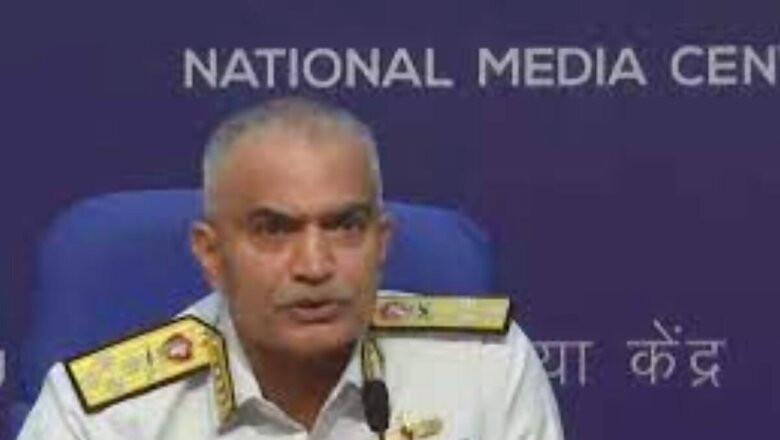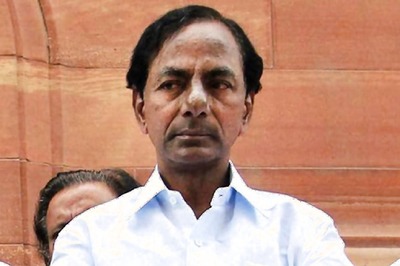
views
In what is being considered a watershed moment in the history of the Indian Naval, a woman officer has been appointed as commanding officer in a warship, said Navy Chief Admiral R Hari Kumar on Friday.
The step is in sync with the navy’s philosophies of ‘all roles-all ranks’ for female personnel, told the chief admiral to reporters at a press conference.
“We appointed the first woman commanding officer of an Indian naval ship,” said the navy chief to the news agency, PTI.
Vice Admiral Dinesh K Tripathi, the Flag Officer Commanding-in-Chief of Western Naval Command, said in Mumbai that the Navy has put one woman officer in command of a small ship. “That will be a game-changer,” he said.
The decision comes three decades after the Indian Navy officially began including women as officers in the services. Kumar said the qualifying woman has to go through pre-commissioning training before taking over the craft.
The initiative comes at a time when Indian forces are including women across the services.
The first batch of Agniveers in the navy included 272 female Agniveer trainees, while the second batch of Agniveers had a total of 454 women said Admiral Kumar adding that the third batch, which has just been inducted has now crossed over 1000 women affiliates.
The navy is the first among the tri-services to induct women in the personnel below officer rank (PBOR) cadre across all streams.
Ahead of the Indian Navy Day, Chief Admiral R Hari Kumar, said his force aims to become 170 ship-Navy by 2035.
The navy chief shared his views on Indo-Pacific, he said “The disputes in the Indo-Pacific do have the possibility of getting out of control and turning into conflict.”
On the Indo-Pacific, the Chief of Naval Staff said all like-minded nations must work together to ensure peace and stability in the region.
Kumar said that they are closely monitoring Chinese activities in the Indian Ocean and that his forces have deployed surveillance assets, ships, aircraft, submarines, and drones to boost its presence.
“We try to keep the extra-regional forces which are present in the region under surveillance as we would like to know what are their activities and what are the intentions,” he said, referring to Chinese forays into the Indian Ocean.
“That is why we deploy our surveillance assets and ships, submarines, aircraft, UAVs (unmanned aerial vehicles), etc. They are deployed regularly to keep our area of interest under observation to see that we are aware of all the happenings that are taking place.”
“In the comprehension of the government’s view that Aatmanirbharta is not merely an economic necessity, but increasingly a strategic one, Bharatiya Nausena has made an unequivocal commitment to be fully Aatmanirbhar by 2047 in capabilities, capacities as well as concepts,” he said.
(with PTI inputs)


















Comments
0 comment